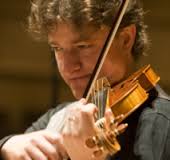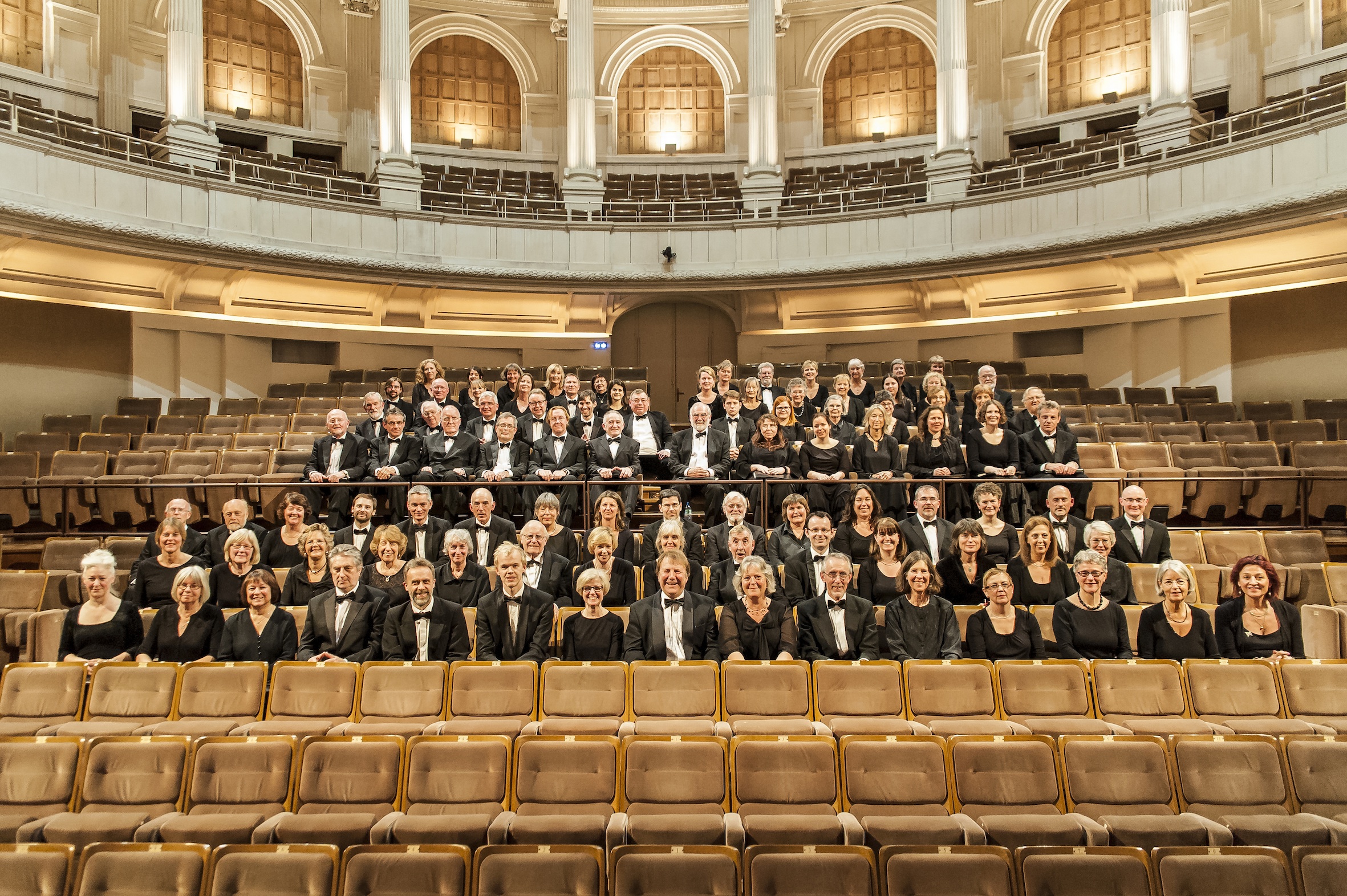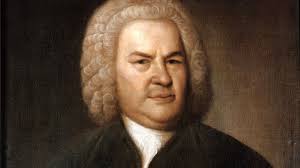Thursday 19 February 2015 – Vivaldi at St Mary’s

It may have been a wet February evening in Bath but La Serenissima wafted us to the Chiesa della Pieta in Venice to indulge ourselves in works for strings especially composed for the orphanage. It is too easy to dismiss Vivaldi’s works for strings as all being rather too similar, but the attentive ear can pick up nuances to delight and details which can all too easily slip past the inattentive.
The opening Concerto in D RV123 may recall the Four Seasons in its intensity but the Adagio floats like a passage from Gluck – way ahead of its time – and the joyous fugue of the final Allegro brings the work to a dancing conclusion.
There were two concerti for solo violin, in which leader Adrian Chandler was the adroit soloist. The F major concerto RV286, the so called concerto for the Feast of St Lawrence, has a gentle cantabile opening before an unexpectedly forthright attacking Largo and a rustic Allegro non molto which brought smiles to the faces of the players. The second concerto in G major RV307 somewhat disconcertingly opens in very much the same vein as the previous one but then moves into a more dynamic mode, the Adagio having an insistent pulse to it before the extrovert nobility of the final Allegro.
Between these we heard two motets, sung by soprano Mhairi Lawson. Anyone familiar with Vivaldi’s operas would immediately recognise the dense coloratura and passages of intense complexity which were obviously written with a fine operatic voice in mind. Both RV627 and RV632 focus on storms at sea, though the latter is lighter weight and has a strongly Handelian line in the third part. Both have concluding Alleluias which, while in keeping with the religious intentions of the text, seemed out of context with the dramatic flavour of the arias and recitatives. The exacting nature of these works brought no qualms for Mhairi Lawson who gave them the flair and authority they demand.
La Serenissima have the advantage of many fine soloists including essential support from Lynda Sayce on theorbo and James Johnstone at the chamber organ.
This lunchtime at 1.00pm at the Guildhall, soloists from the Orchestra of the Age of Enlightenment play Handel, Telemann, Bach and Rameau.



